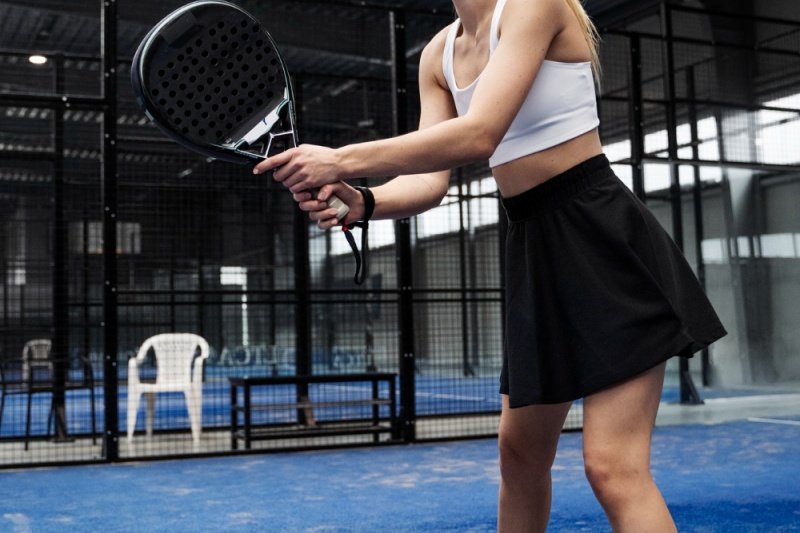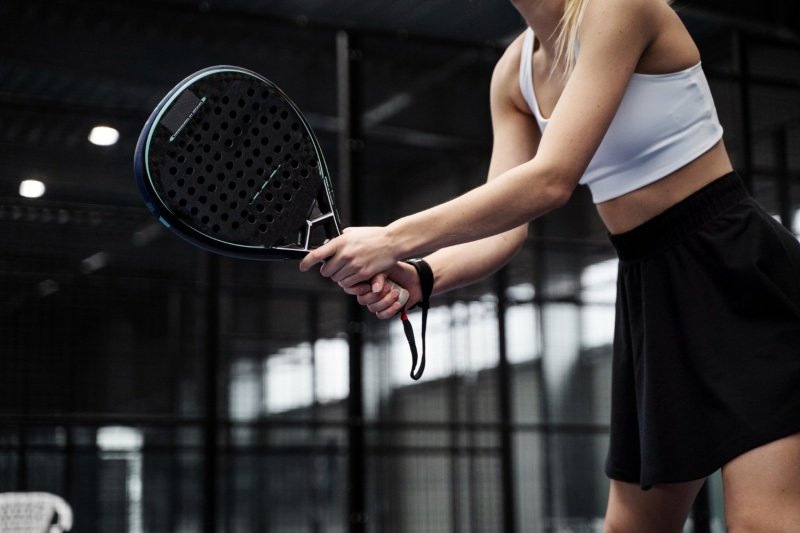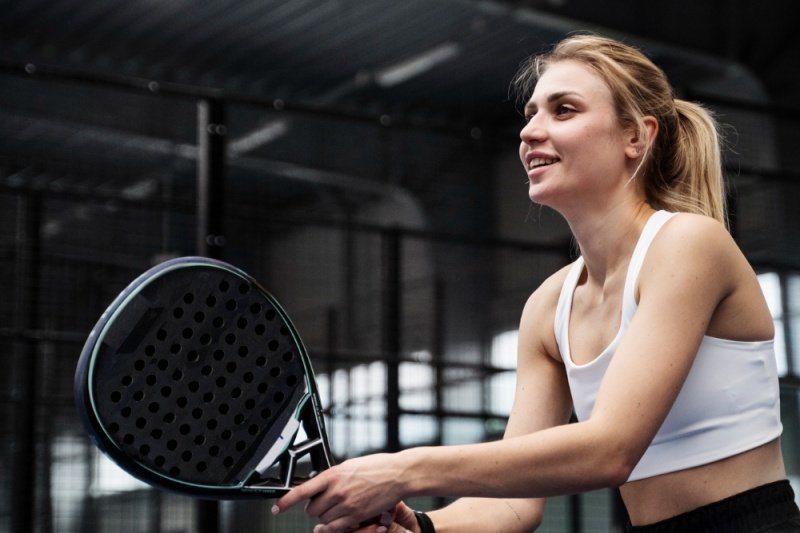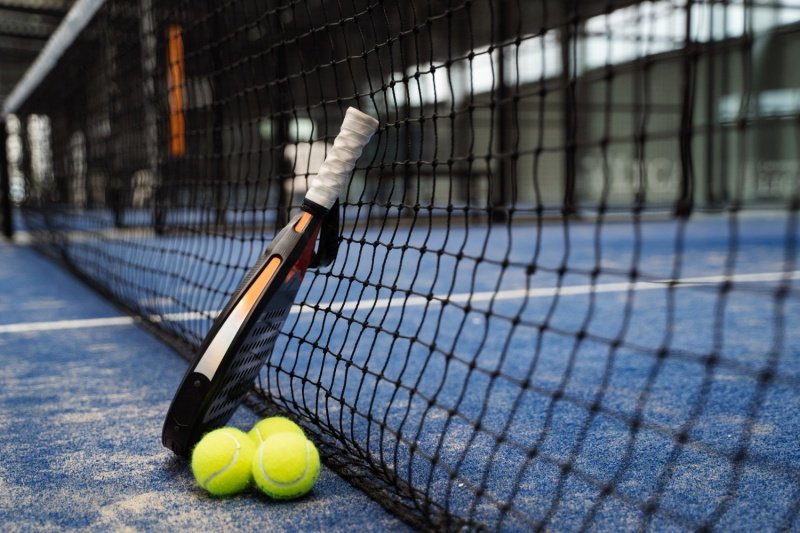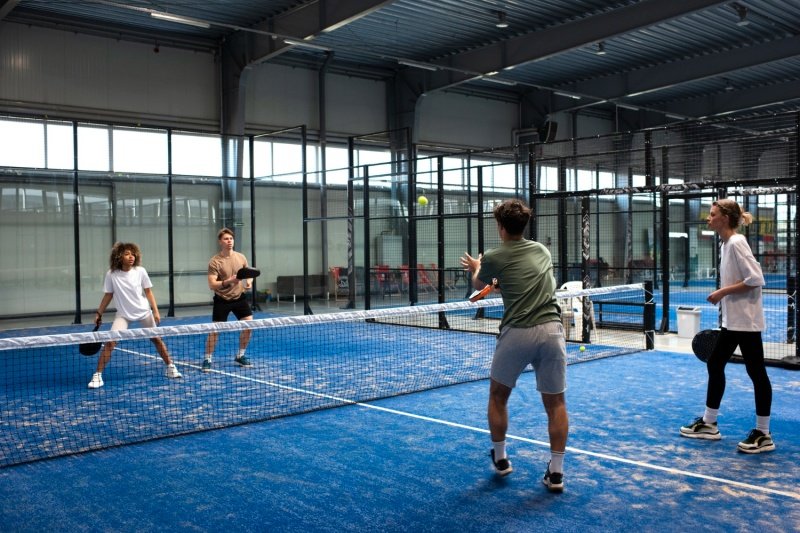Finding the right padel racket is crucial, but have you ever wondered how these rackets are made?
Padel rackets are manufactured through a meticulous process involving advanced materials, molding techniques1, and precision engineering2 to enhance durability and performance.
Understanding the manufacturing process helps players appreciate the technology behind their equipment.
How are padel rackets made?
Padel rackets undergo a complex production process that combines craftsmanship and technology.
**The manufacturing process involves material selection, mold shaping, layering, [curing](https://jeangalea.com/how-padel-rackets-manufactured/
Manufacturing Steps
| Step | Process Description |
|---|---|
| Material Selection | Carbon fiber, fiberglass, EVA foam3 are chosen for strength and flexibility. |
| Molding | The frame is shaped using specialized molds and resin. |
| Layering | Carbon or fiberglass layers are applied for durability. |
| Curing | Rackets are heated to solidify the structure. |
| Drilling & Finishing | Holes are drilled, and the surface is coated for better grip and aerodynamics. |
Modern padel rackets balance power and control by optimizing material combinations and structural integrity.
What is the construction of a padel racket?
Padel rackets consist of multiple layers, carefully designed for performance.
A padel racket is constructed using a rigid frame, core material, and surface layers to ensure strength, comfort, and playability.
Breakdown of Padel Racket Construction
| Component | Material Used | Function |
|---|---|---|
| Frame | Carbon fiber, fiberglass | Provides structure and durability |
| Core | EVA foam, polyethylene | Determines power and control |
| Surface | Carbon, fiberglass | Enhances feel and responsiveness |
Advanced rackets incorporate 3K, 12K, or 18K carbon fiber4, adjusting stiffness and power to match different playing styles.
How are tennis rackets manufactured?
While padel and tennis rackets share similarities, their manufacturing differs.
Tennis rackets are produced using carbon fiber and graphite, involving molding, stringing, and weight balancing for optimal performance.
Key Differences in Manufacturing
| Feature | Padel Racket | Tennis Racket |
|---|---|---|
| Shape | Solid structure, perforated | Open-frame, strung with synthetic material |
| Materials | Carbon, fiberglass, EVA foam | Carbon, graphite, nylon strings |
| Core | Foam-based | Hollow with string bed |
Unlike tennis rackets, padel rackets lack strings and rely on foam cores for impact absorption and control.
Why are padel tennis rackets so expensive?
Padel rackets often come at a high price, but why?
The cost of padel rackets is influenced by premium materials, advanced technology, and meticulous craftsmanship, ensuring top-tier performance and durability.
Factors Affecting Cost
| Factor | Impact on Price |
|---|---|
| Material Quality | High-end carbon fiber increases durability and power. |
| Technology | Vibration reduction and aerodynamics enhance playability. |
| Manufacturing Complexity | Layering and curing processes require precision engineering. |
Premium rackets cater to professional and competitive players who demand superior feel, control, and longevity.
Conclusion
The manufacturing of padel rackets is a sophisticated process involving advanced materials, precise engineering, and innovative design. Understanding the construction and production techniques helps players make informed decisions when choosing the perfect racket.
-
Explore how molding techniques improve production efficiency and product consistency. ↩
-
Learn how precision engineering ensures optimal performance and durability. ↩
-
Discover the benefits of EVA foam in providing strength and flexibility. ↩
-
Learn the significance of 3K, 12K, or 18K carbon fiber in adjusting racket stiffness and power. ↩


